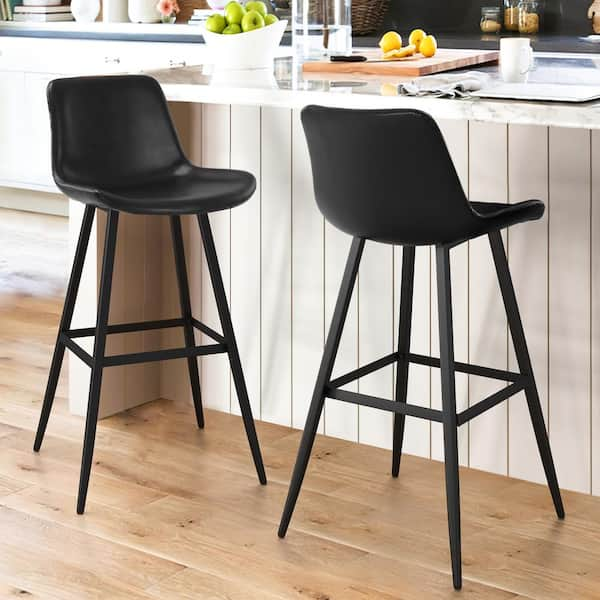
Revitalized Residences: Renovated Homes Across the USA
Renovated homes across the USA have become a focal point for homeowners seeking the perfect blend of modern living and historic charm. From classic farmhouses to urban townhouses, the trend of renovating and restoring homes has gained momentum, breathing new life into these timeless residences.
Preserving History Through Renovation
Renovating homes allows for the preservation of historical architecture and features. Many homeowners appreciate the character and craftsmanship of older homes, opting to renovate rather than demolish. This commitment to preserving history not only maintains the unique identity of each residence but also contributes to the cultural richness of neighborhoods.
Modern Amenities in Timeless Settings
One of the key motivations for renovating homes is the desire to incorporate modern amenities while retaining the charm of the original architecture. Renovated homes often feature state-of-the-art kitchens, upgraded bathrooms, and energy-efficient technologies, seamlessly integrated into the timeless settings of historic structures.
Adaptive Reuse for Contemporary Living
Adaptive reuse projects have gained popularity in the renovation landscape. Old warehouses, factories, and commercial buildings are transformed into stylish residences. This approach not only repurposes existing structures but also adds a touch of industrial chic to residential spaces, creating unique and innovative living environments.
Energy Efficiency and Sustainable Practices
Renovated homes often prioritize energy efficiency and sustainable practices. Homeowners embrace green technologies, such as solar panels, energy-efficient windows, and insulation upgrades, to reduce the environmental impact of their residences. This commitment to sustainability aligns with the growing awareness of eco-friendly living.
Increased Property Values
Renovating a home can significantly increase its property value. The careful restoration and addition of modern features enhance the overall appeal of the residence, making it more attractive to potential buyers. Renovated homes often stand out in the real estate market, commanding higher prices and contributing to the overall appreciation of property values in the neighborhood.
Challenges of Renovation Projects
While the rewards of renovating homes are substantial, challenges are inevitable. Renovation projects require careful planning, adherence to local regulations, and skilled professionals to ensure the success of the endeavor. Unforeseen issues may arise during the process, emphasizing the importance of thorough research and budgeting.
Architectural Diversity Across Regions
The trend of renovating homes is not confined to a specific region or architectural style. From colonial estates in New England to mid-century modern gems in California, homeowners across the USA are embracing the renovation trend, showcasing the rich architectural diversity that defines different regions.
Community Impact and Neighborhood Revitalization
Renovated homes contribute to the revitalization of neighborhoods and communities. As homeowners invest in the restoration of their residences, the positive impact ripples through the neighborhood. Improved curb appeal, enhanced property values, and a renewed sense of community pride are common outcomes of widespread renovation efforts.
Exploring Renovated USA Homes
To explore more about the trend of renovating homes across the USA, visit BreakingWrestlingNews.com. Discover inspiring stories, renovation tips, and a curated selection of renovated homes that showcase the perfect marriage of historic charm and modern luxury.
In conclusion, the trend of renovating homes across the USA reflects a desire for the best of both worlds — preserving the charm of historic residences while embracing the conveniences of contemporary living. The stories of these revitalized homes weave a narrative of dedication to history, sustainability, and the enduring beauty of architectural diversity.










